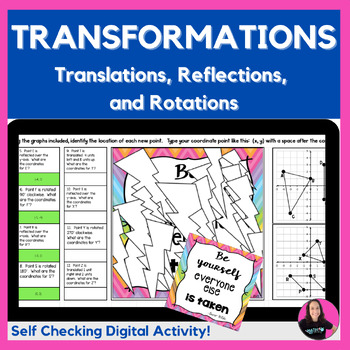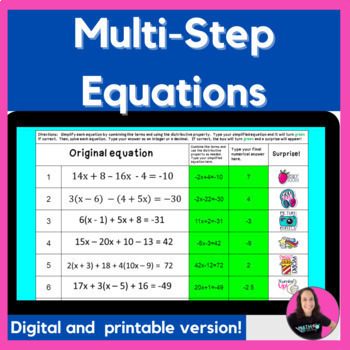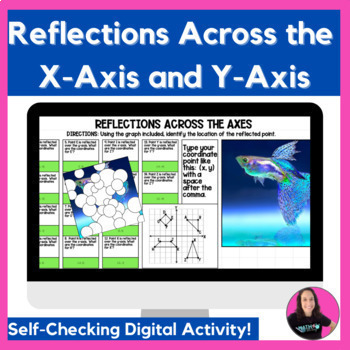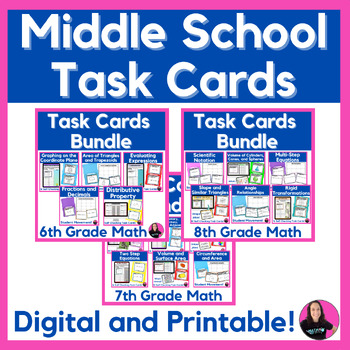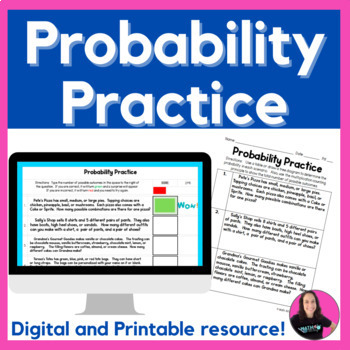Are you a middle school math teacher looking for innovative ways to engage your students and enhance their learning experience? Look no further than task cards!
In this post, we will explore four exciting ways to incorporate task cards into your math classroom. Task cards are a versatile and effective teaching tool that can promote movement, differentiation, and enhance practice time.
Get Your Students UP and Moving
First and foremost, incorporating task cards into your lessons allows you to create a dynamic learning environment that encourages students to actively participate in their own education. By getting students up and moving, you can tap into their kinesthetic learning style and make math lessons more engaging and memorable.One popular method is to create a math scavenger hunt. Place task cards around the classroom or school, and have students solve the problems on each card as they search for the next one. This not only promotes movement but also adds an element of excitement and competition to the learning experience.
Another way to incorporate movement is through task card stations. Set up different stations around the classroom, each with a different set of task cards. Assign students to small groups and have them rotate through the stations, solving the problems on each card. This allows for collaborative learning and keeps students actively engaged throughout the lesson.
Differentiating with Task Cards
Differentiation is essential in the middle school math classroom, as students come with varying levels of prior knowledge and understanding. Task cards also provide an opportunity for targeted differentiation, enabling you to meet the diverse needs of your students.By using sets of task cards that vary in difficulty or focus on specific concepts, you can ensure that every student is challenged at their own level. This not only promotes individual growth but also fosters a sense of inclusivity in the classroom.
When you provide differentiated task cards, you can effectively address the individual needs of your students and help them reach their full potential in math.
Practice Makes Progress
Furthermore, task cards offer a valuable practice time that reinforces math concepts and builds fluency in a fun and engaging way. By providing students with hands-on activities, you can encourage them to actively apply their knowledge and skills, leading to deeper understanding and improved retention.You can make math more accessible and enjoyable, when students have a physical card to hold. Another option is to turn solving math problems into a friendly competition by awarding points or timing students. But that’s another post for another time….
Blending Technology and Task Cards
Digital task cards that are self checking can be a lifesaver for the busy teacher. I prefer having students show their work on paper after moving around the room to complete the task cards, and then they self check their work with the digital version.Students love the immediate feedback they get from the interactive elements, such as boxes turning green for correct and red for incorrect answers.
TASK CARD BUNDLES FROM MY SHOP:
Final Thoughts on Using Task Cards in the Middle School Math Classroom
Incorporating task cards into your middle school math classroom can have a significant impact on student engagement, differentiation, and practice time. You can also foster collaboration and provide assessment and feedback using task cards. With task cards, you can transform your middle school math classroom into a hub of active learning and achievement.So, what are you waiting for? Start incorporating task cards into your math lessons today and reap the rewards!









